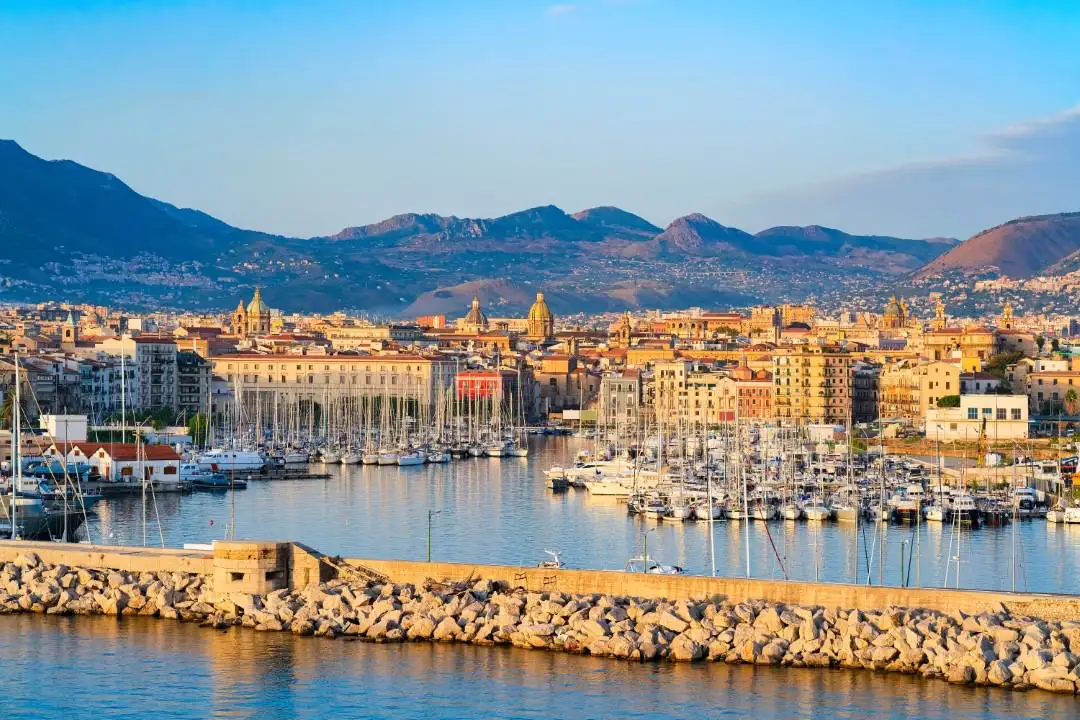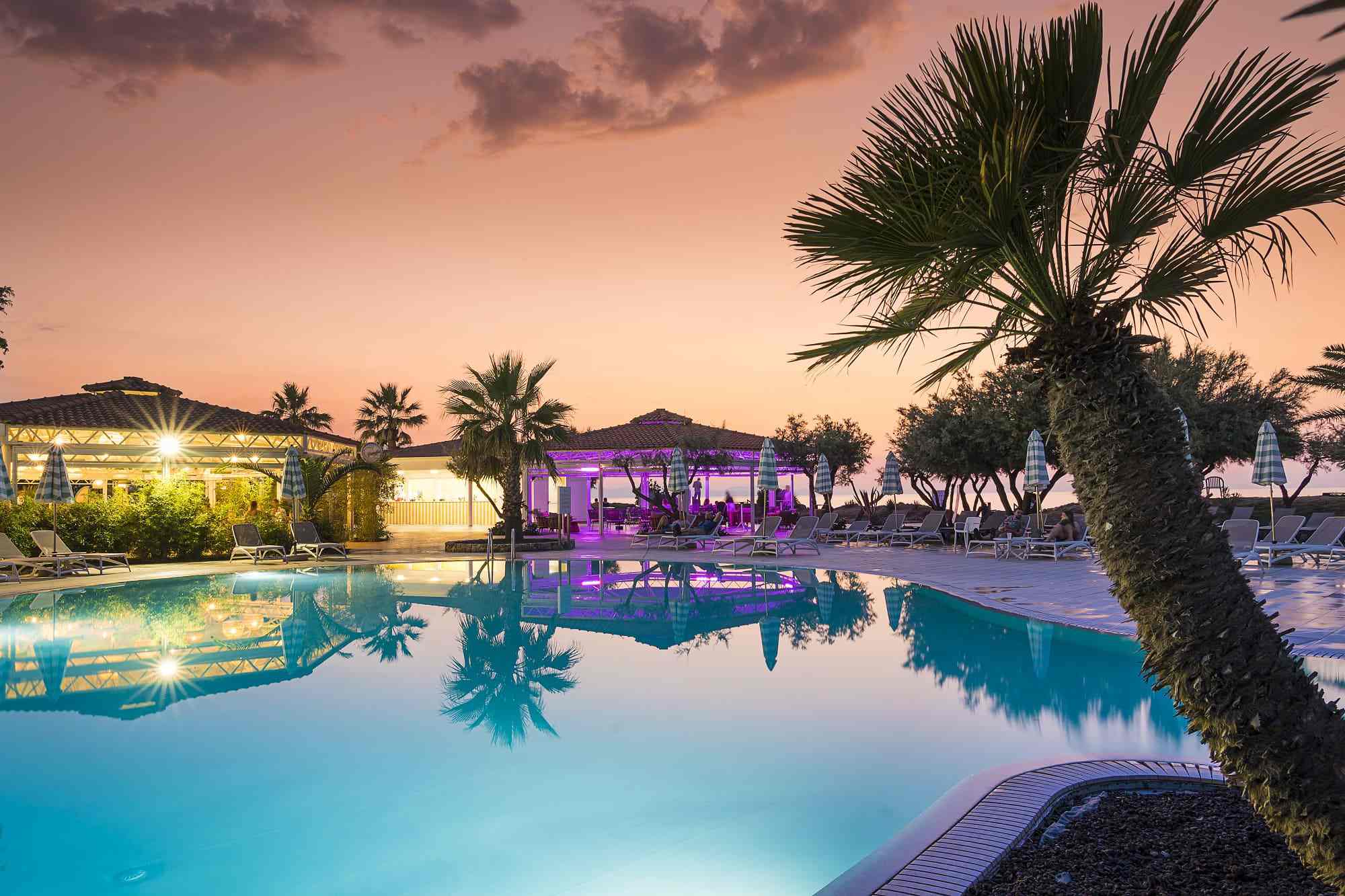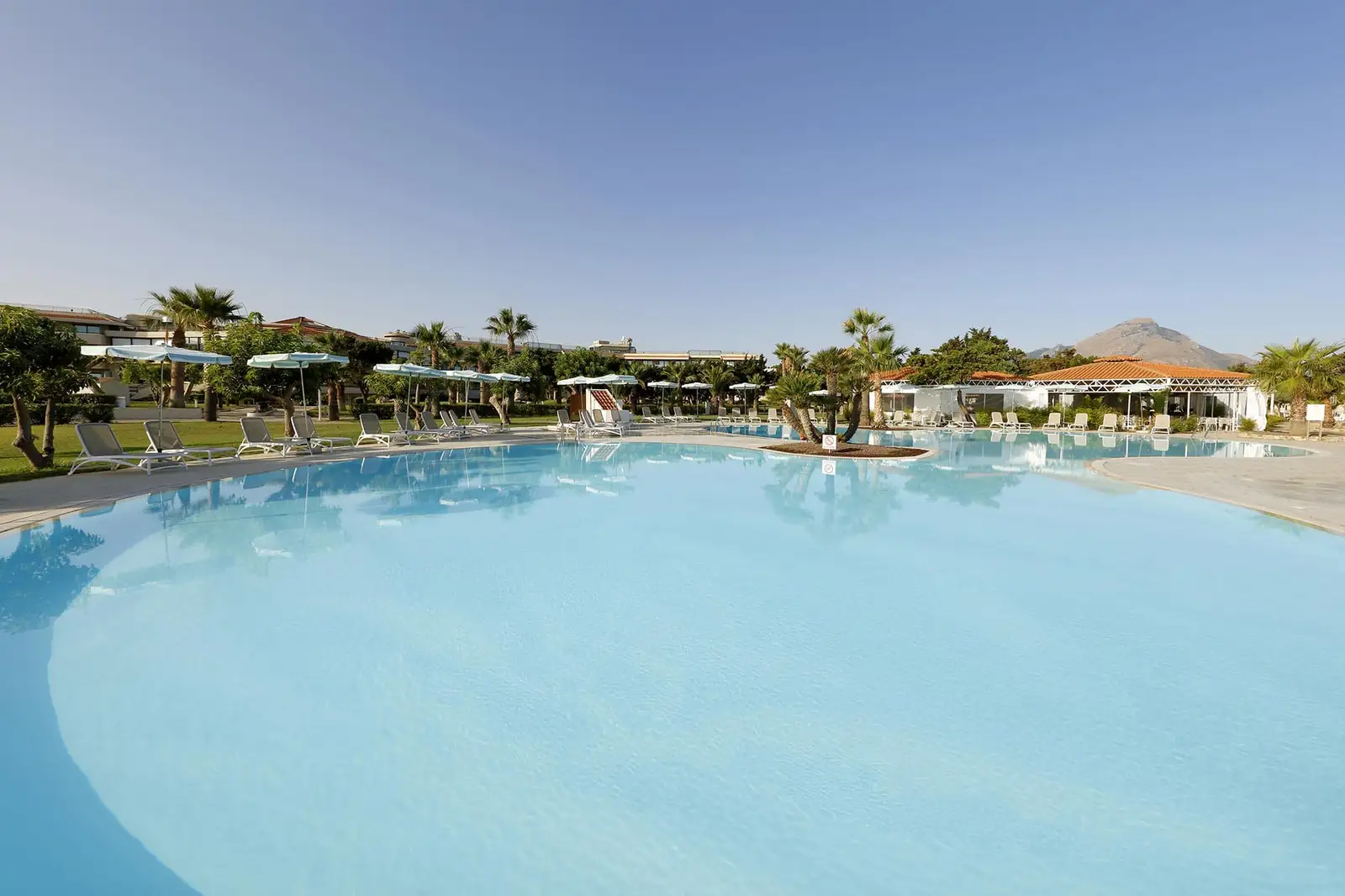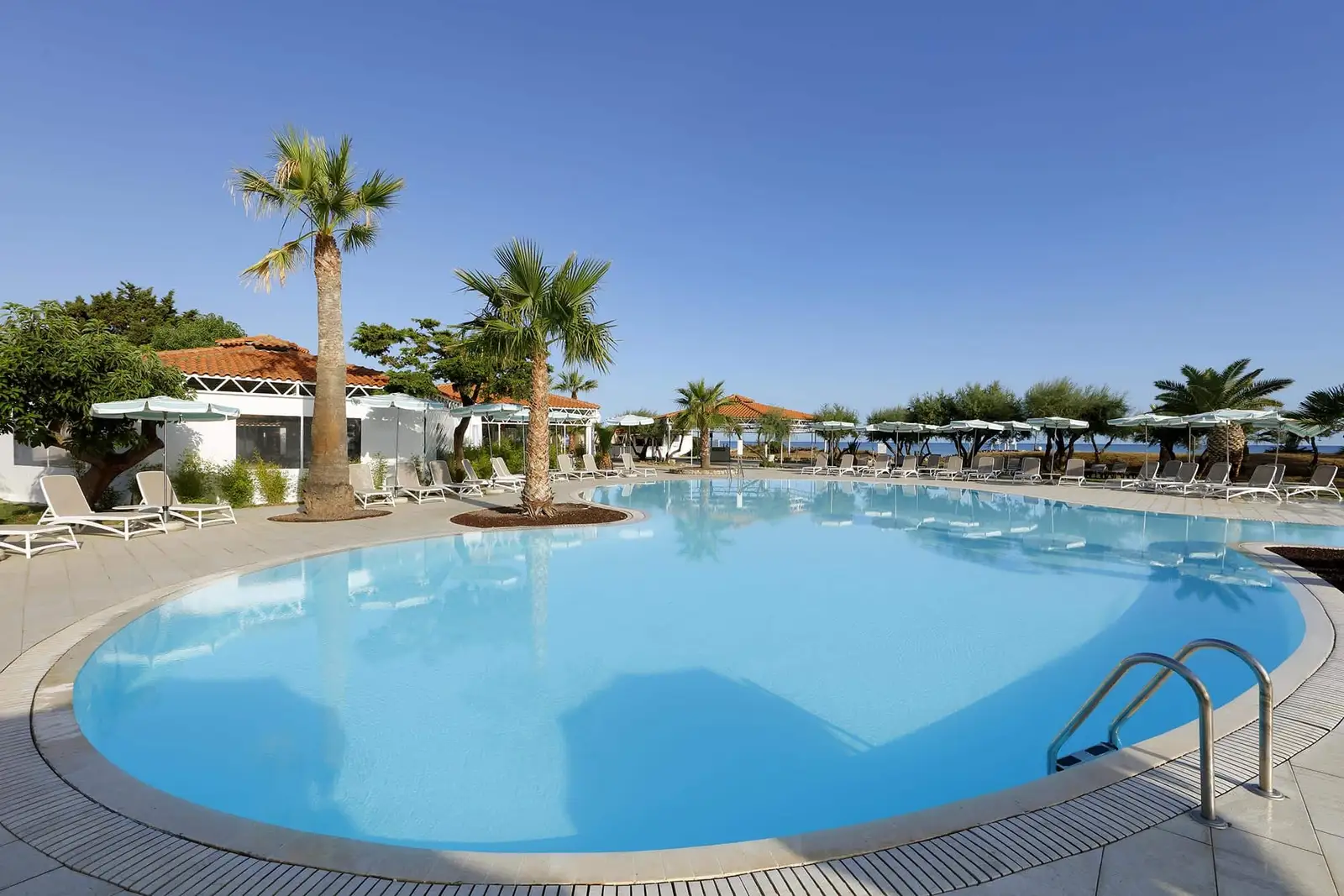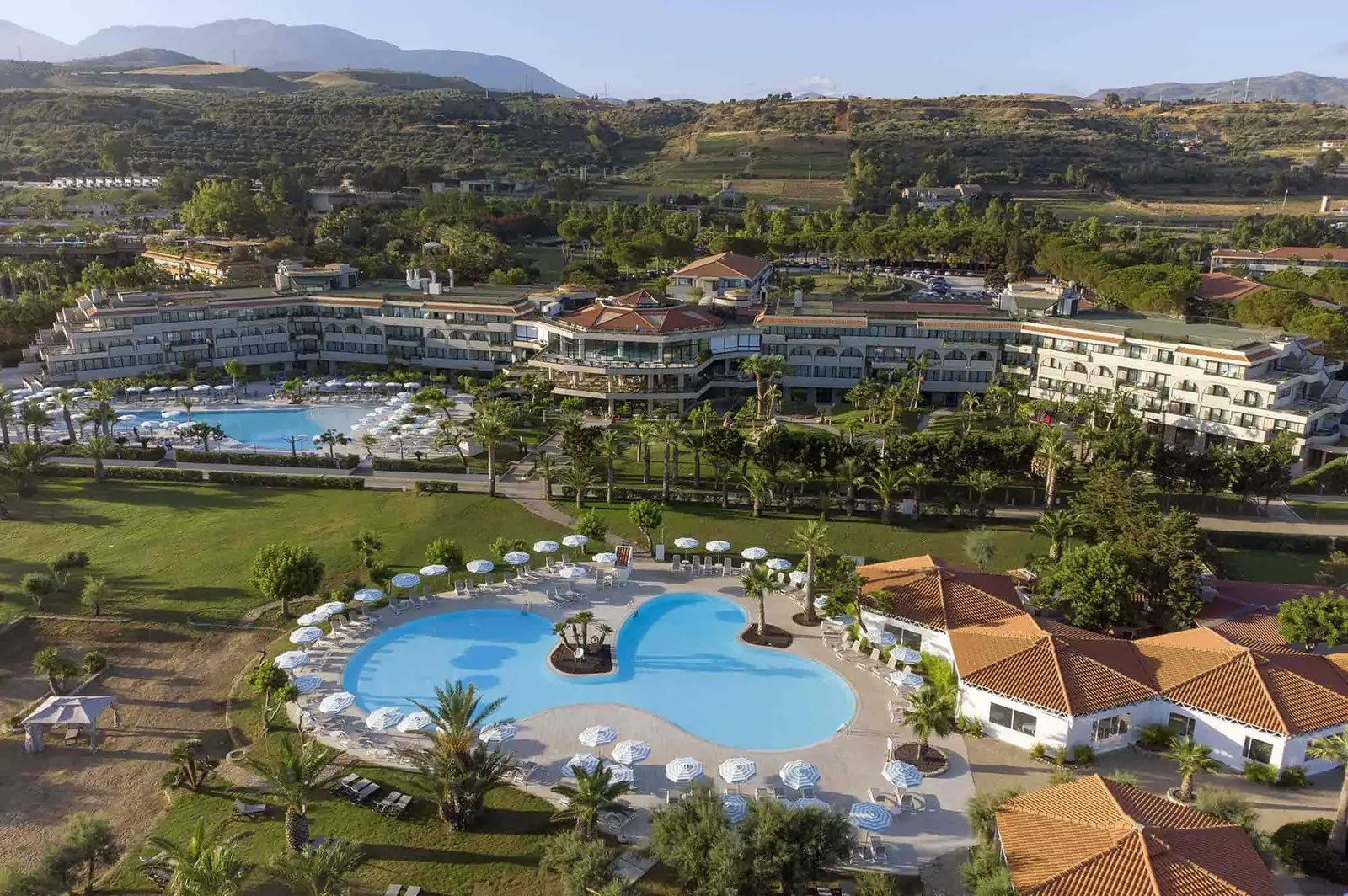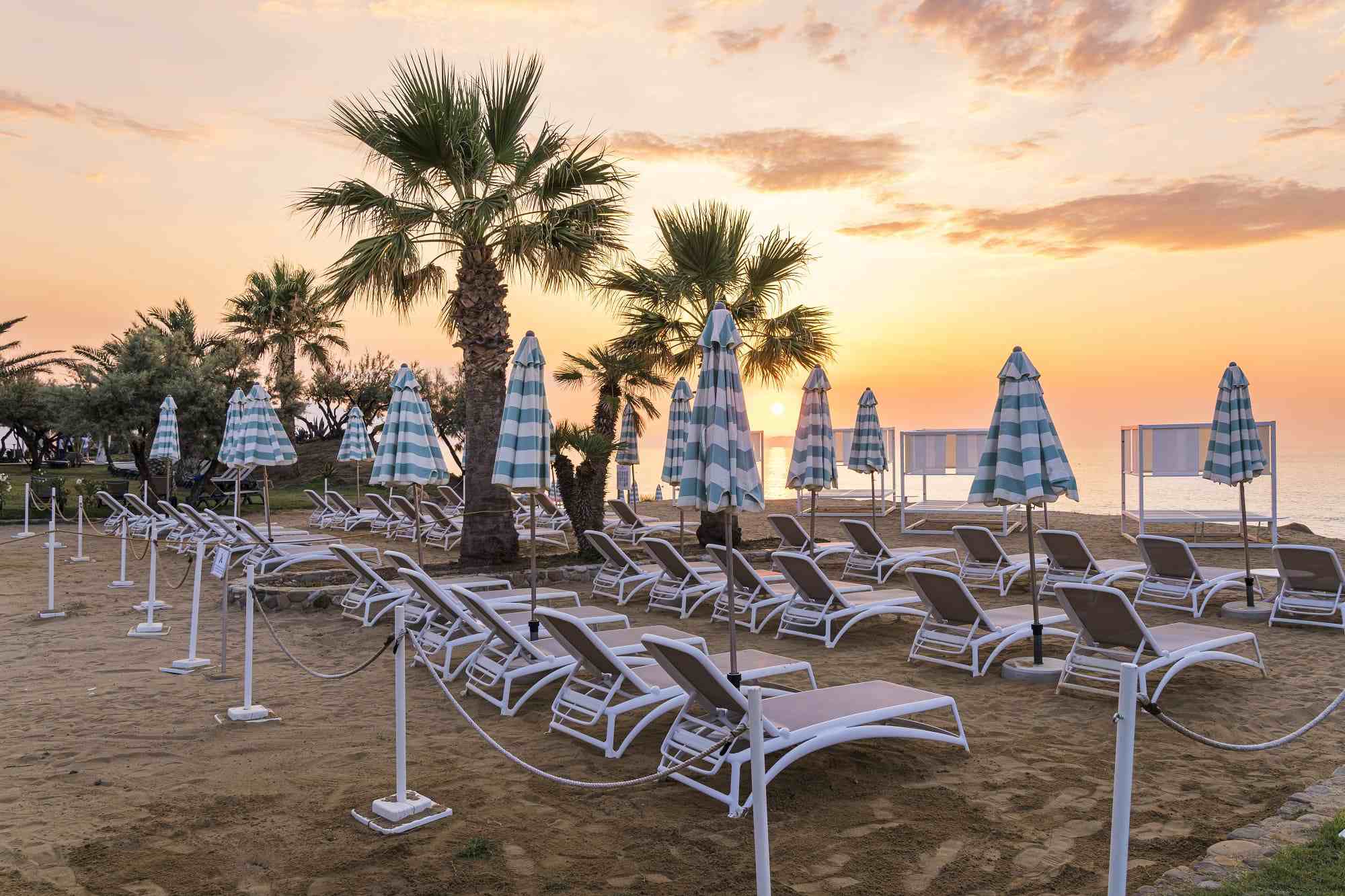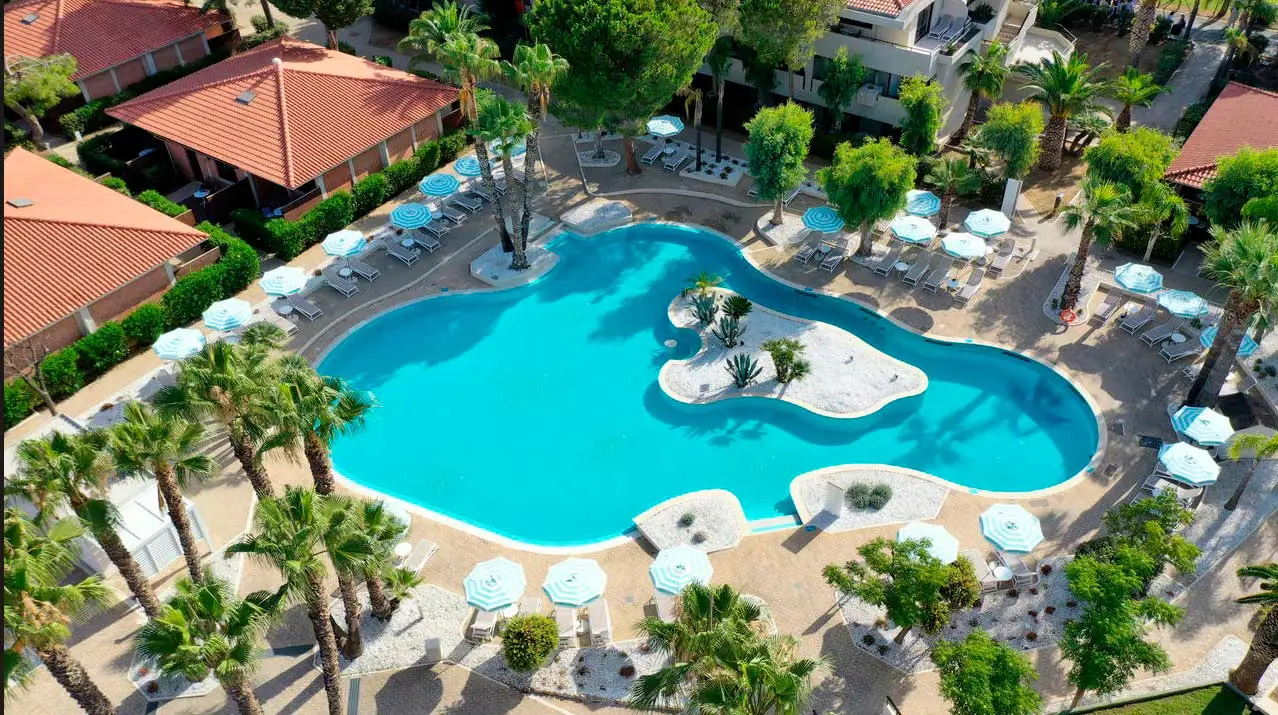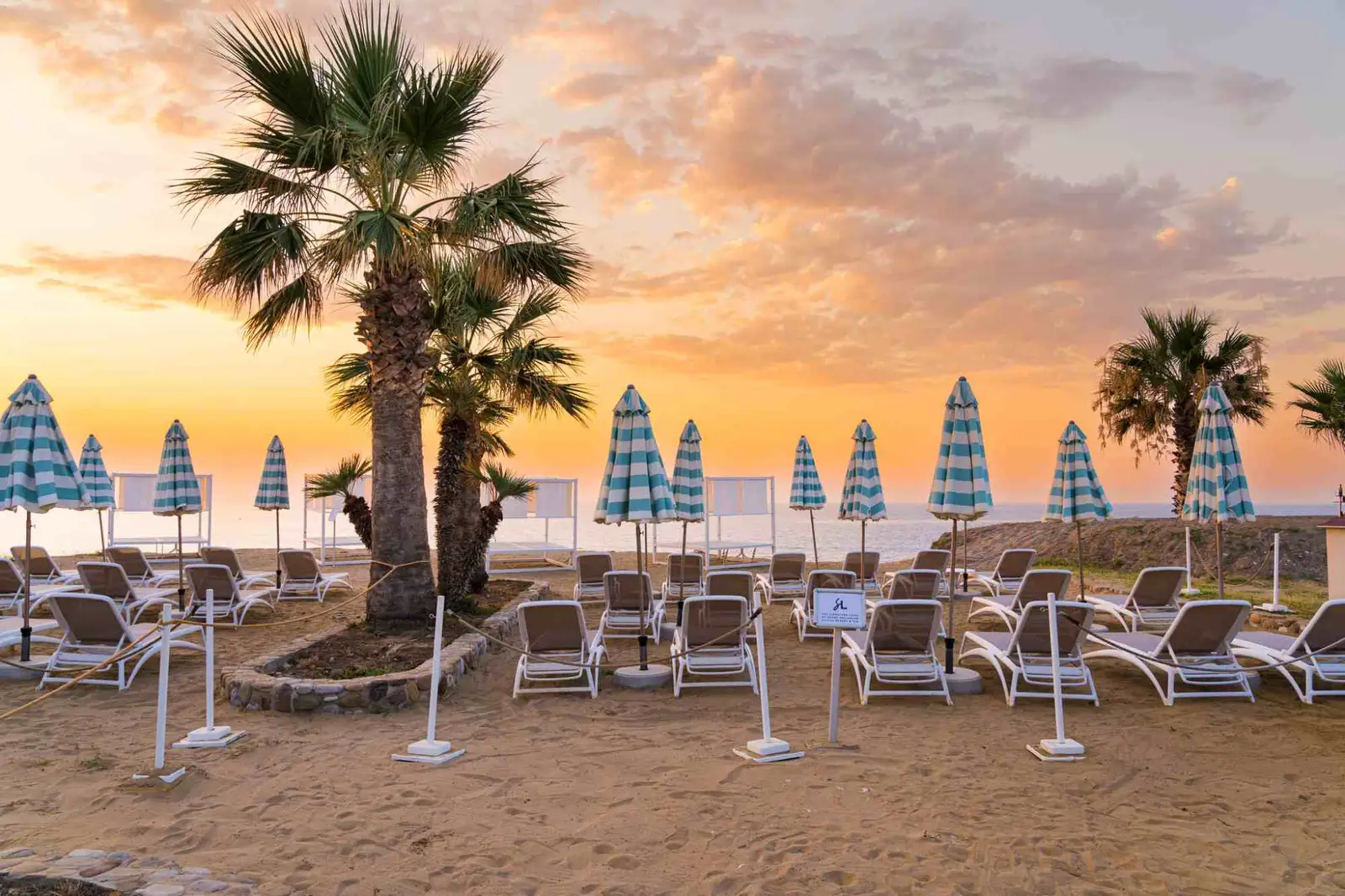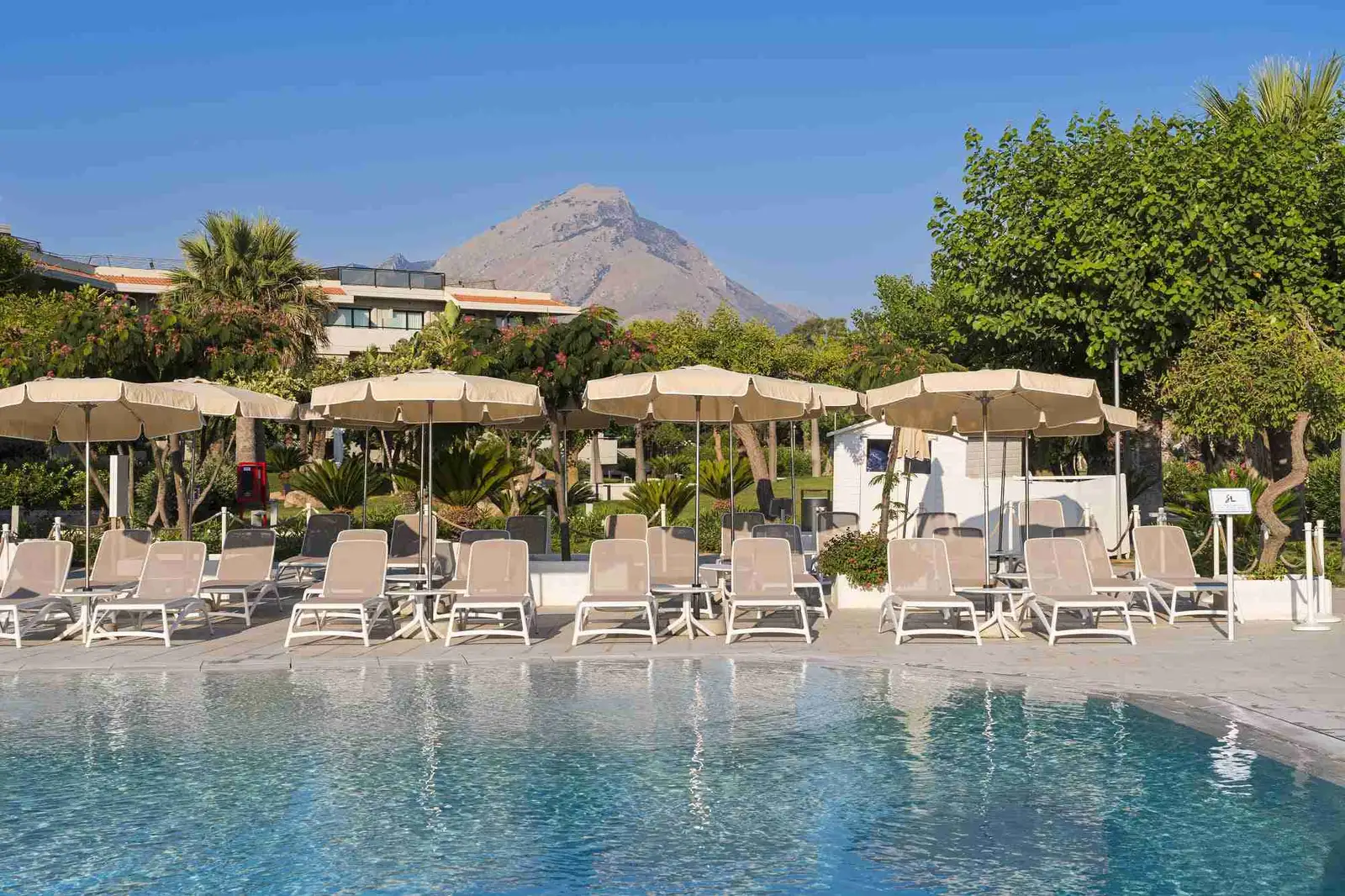Session Expired
Your session has expired. Please log in again
Reservation by telephone. Manage your booking with Palladium
Are you calling from outside Spain?
See all phonesHotels
Hoteles
How is your ideal hotel?


- Bahia


- Punta Cana
- Santo Domingo


- Sicily


- Montego Bay


- Cancun: Costa Mujeres
- Riviera Maya
- Riviera Nayarit


- Barcelona
- Ibiza
- Madrid
- Malaga
- Menorca
- Sevilla
- Tenerife
- Valencia
- Playa d'en Bossa
- San Antonio
- Santa Eulàlia
- Grand Palladium Select Palace Ibiza
- Grand Palladium White Island Resort & Spa
- The Site Hotel Ibiza
- The Unexpected Ibiza Hotel
- Ushuaïa Ibiza Beach Hotel
- Palladium Hotel Palmyra
- TRS Ibiza Hotel
- The Signature Level at TRS Ibiza Hotel
- BLESS Hotel Ibiza
- Palladium Hotel Cala Llonga


- New York
-
0 800 102 61 91UK Free
-
0 800 000 4657Germany Free
-
800 141 734Italy Free
-
0034 971 92 64 86Other countries Europe
-
800 990 1234Mexico Free
-
1 888 660 90 70USA Free
-
1 866 778 9077Canada Free
-
0052 984 873 48 25Other countries
-
1 849 937 08 17Dominican Republic Free
-
+55 7 140 40 41 15Brazil
-
0800 3458102Argentina Free
-
800 914591Chile Free
-
01800 5184354Colombia Free
-
+1 844 411 00 77Jamaica Free
Located in northern Sicily, Palermo is a city with a unique architectural and artistic heritage, blending the history of three cultures in its streets and buildings: Norman influence, Arab legacy, and Byzantine tradition.
Here’s a guide to the must-visit places in Palermo, including entrance fees and opening hours, along with some lesser-known spots that will help you discover its most authentic essence.
Palermo Cathedral
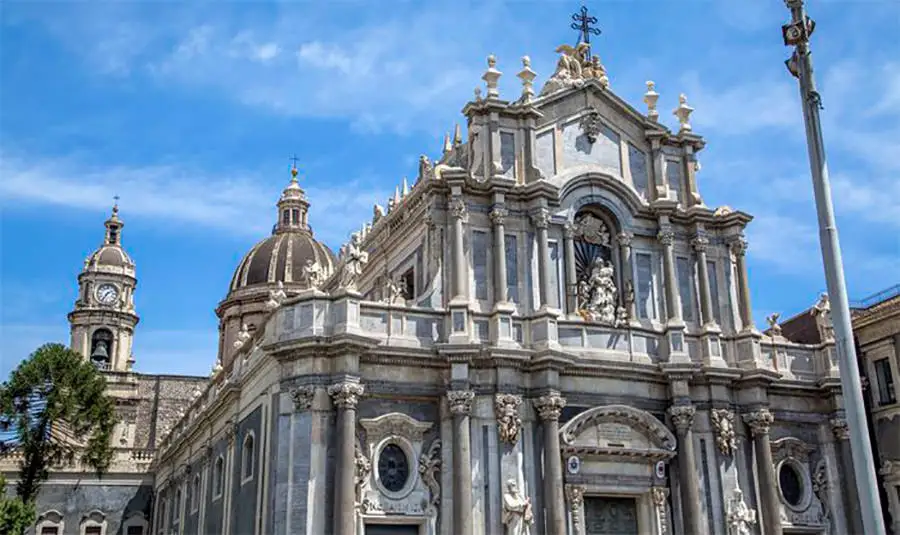
You’ve probably seen a photo of Palermo Cathedral without realizing it—it’s one of the city’s most iconic landmarks. Its architecture combines Gothic, Norman, Baroque, and Neoclassical styles, reflecting the various powers that have ruled the island.
Entry is free, but some areas like the royal tombs, the crypt, and the rooftops require a ticket. This impressive historical site is open Monday to Saturday from 9:00 AM to 6:00 PM, and Sundays from 10:00 AM to 6:00 PM. As it is a place of worship, appropriate clothing is required.
Quattro Canti
Also known as Piazza Vigliena, this intersection marks the heart of the historic center. The four symmetrical façades, decorated with fountains and statues, represent the seasons, Spanish kings of Sicily, and the city’s patron saints.
It’s a great starting point for exploring Palermo’s main monuments. Visit early in the morning to avoid crowds, or go at sunset for the best lighting for photos.

Piazza Pretoria
Just a short walk from Quattro Canti, you’ll find Piazza Pretoria, named after the striking Fontana Pretoria—also called the “Fountain of Shame” due to the nudity of its statues. It’s one of the most photographed spots in Palermo, surrounded by historic buildings and the city hall.
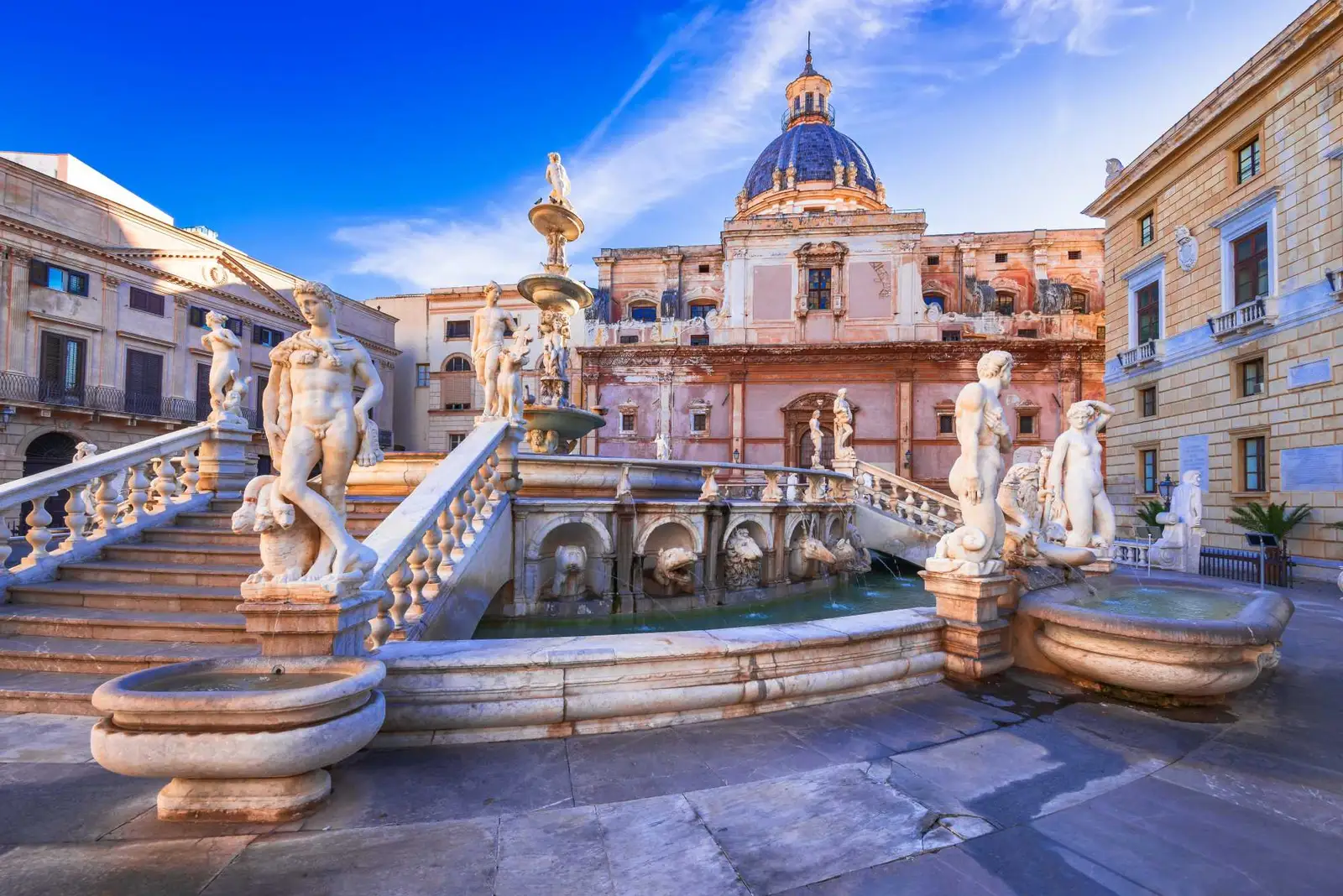
Church of La Martorana
Small on the outside but monumental inside, this church blends several styles: a Norman interior with stunning Byzantine mosaics. It’s part of the Arab-Norman church complex recognized as a UNESCO World Heritage Site.
Open daily in the morning and afternoon. As it is a Greek Orthodox place of worship, modest clothing is required.
Teatro Massimo
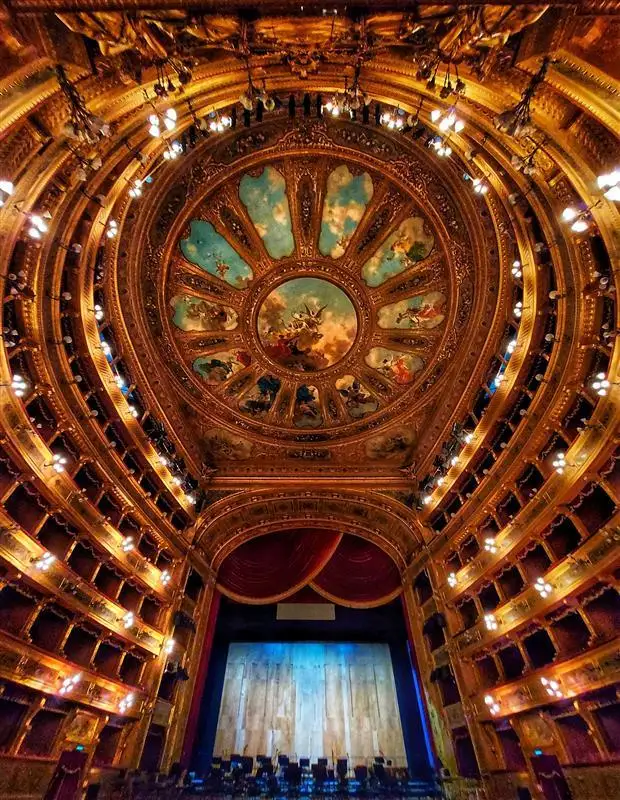
You might recognize the steps of Teatro Massimo from The Godfather Part III. This impressive building is the largest opera house in Italy and one of the biggest in Europe. With its Neoclassical façade and richly decorated interior, it’s worth visiting even if you’re not attending a performance.
Capuchin Catacombs
Don’t miss one of Palermo’s most haunting experiences: the Capuchin Catacombs. Located beneath the Capuchin convent, they house over 8,000 mummies, many of which are remarkably well-preserved. This unique funerary tradition in Europe leaves a lasting impression.
They’re open in the morning and afternoon. Entry costs around €10 per person (discounted tickets available), and the visit takes about 30 minutes.
Ballarò Market
To experience everyday life in Palermo, stroll through Ballarò Market. This traditional food market is perfect for tasting local specialties like arancino or pane con la milza.
If you have more time and want to explore Palermo’s culinary scene further, check out these other markets: Vucciria Market, Capo Market, and Borgo Vecchio Market.
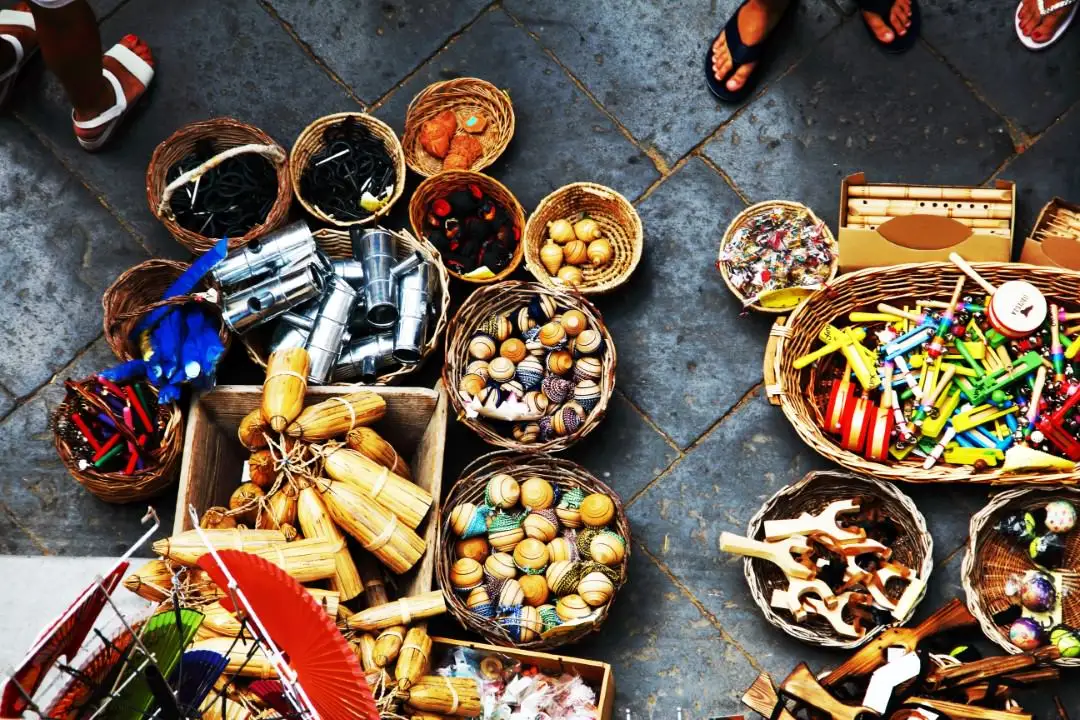
Palazzo dei Normanni
Once the seat of the Norman kings of Sicily, this palace is also known as the Royal Palace. Inside, the Palatine Chapel stands out—a Byzantine masterpiece adorned with golden mosaics.
The visit costs just under €20 per person and offers insight into Palermo’s political and cultural importance during the Middle Ages. Guided tours are not included. Open Monday to Saturday in the morning, and Sundays and holidays from 8:30 AM to 12:30 PM.
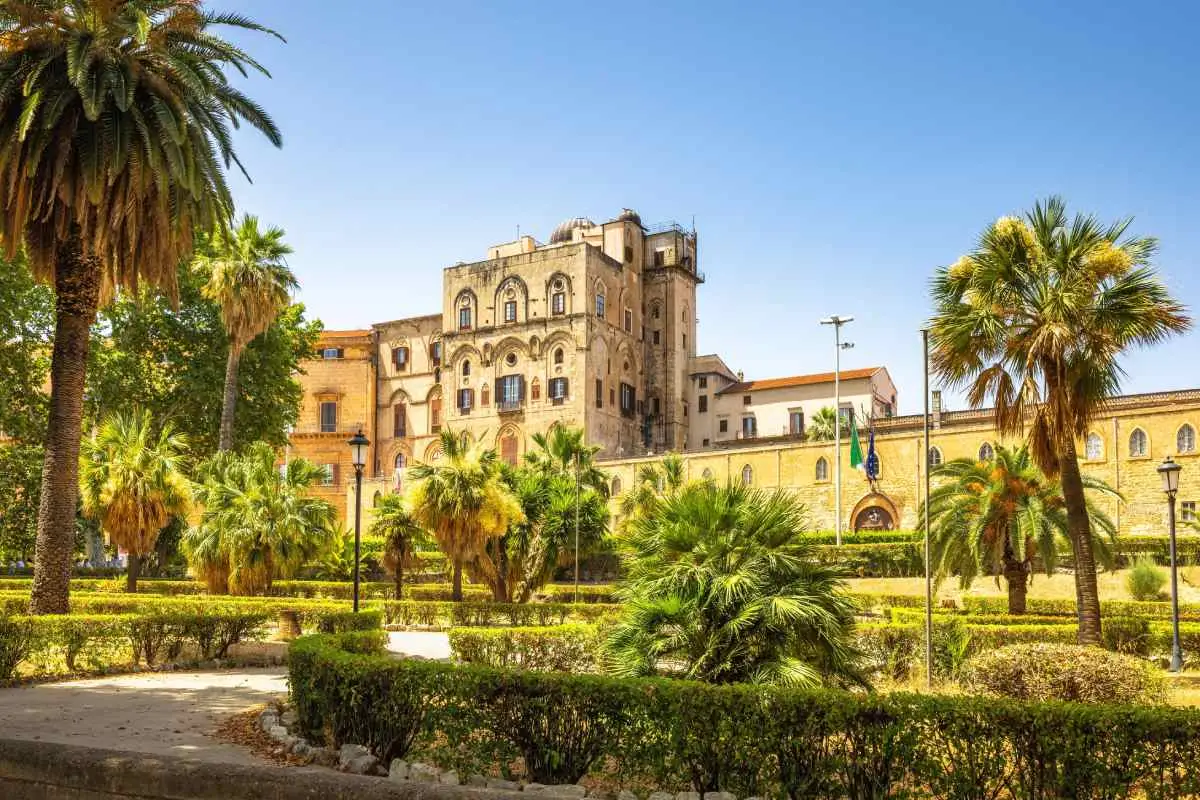
Monreale (Catedral)
Just a few kilometers from the city center, on a hill overlooking the Conca d’Oro valley, stands Monreale Cathedral. Its interior mosaics cover over 6,000 square meters and depict scenes from the Old and New Testaments. It’s one of the masterpieces of Norman art in Sicily, featuring 2.2 kg of solid gold.
Open Monday to Saturday, morning and afternoon. Closed on Sundays. Check for special closures, especially in April when some mornings may be unavailable.
Cefalù (Beach and Historic Center)
Just over an hour by train from Palermo, Cefalù is one of the top recommended day trips if you want to explore a coastal town with history, charm, and great beaches.
This seaside town is known for its medieval old town and long sandy beach. Wandering through its cobbled streets is part of the experience. Some lead to historic spots like the Medieval Washhouse, where the Cefalino River still flows, or Porta Pescara, an ancient gate opening directly to the sea.
Besides its heritage, Cefalù’s urban beach is a major draw—wide, calm waters with direct access from the center. You can combine cultural visits with a swim in the Mediterranean or a sunset stroll along the lively lungomare.
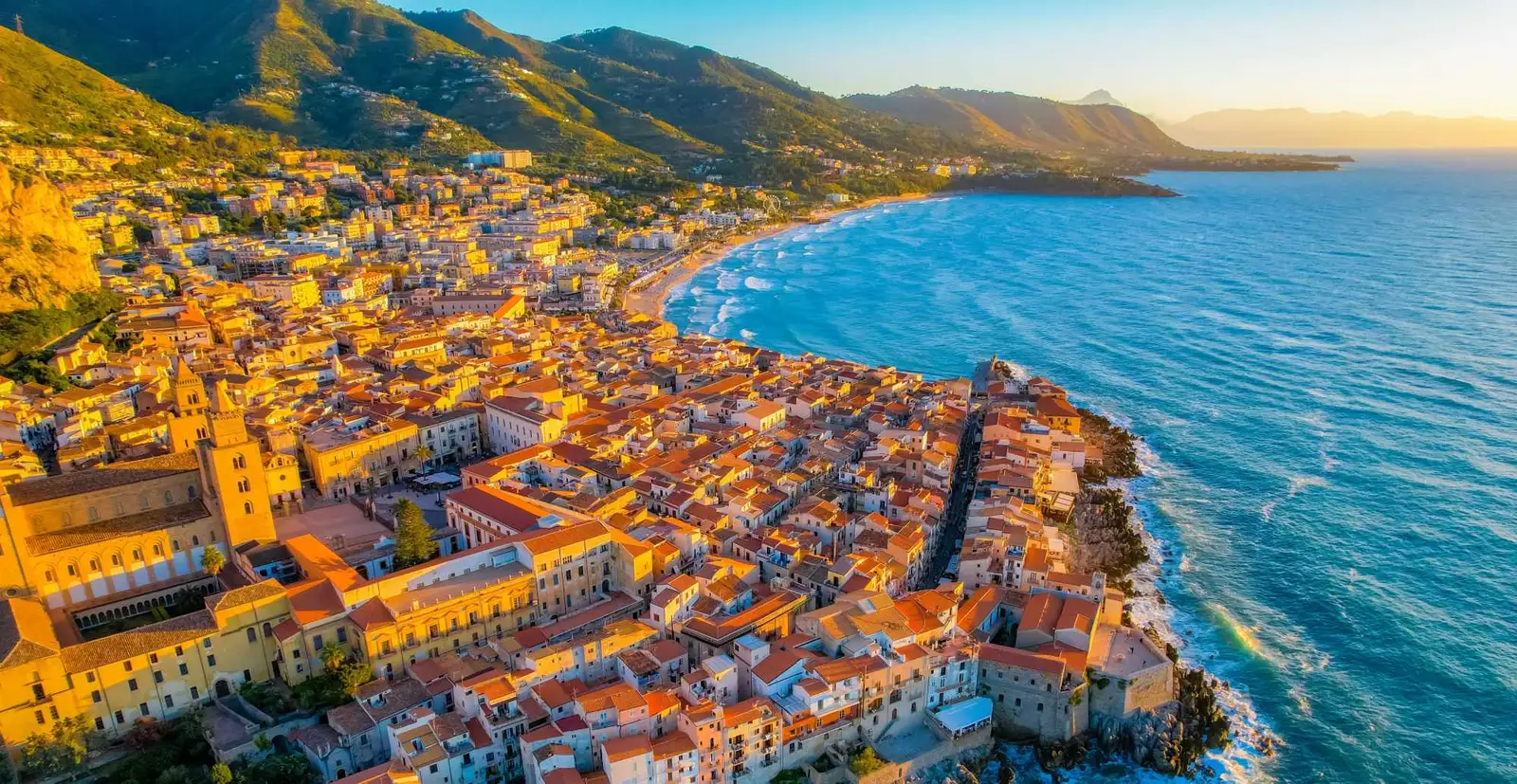
Mondello Beach
Mondello Beach is Palermo’s most popular beach. Just a few kilometers from the city center, it offers calm waters, white sand, and a lively atmosphere.
Most of the beach is occupied by private clubs and reserved loungers, but there’s also a free public area. It fills up quickly, so if you’re visiting during peak season, it’s best to arrive early.
Getting there from Palermo is easy: in about 20–30 minutes by bus, you can swap the city buzz for a relaxing day by the Mediterranean.

Travel Tips
Palermo is a chaotic and vibrant city. The best way to explore the historic center is on foot, and use public transport or taxis to reach farther areas like Mondello or Monreale.
It’s advisable to book tickets in advance for places like the Palatine Chapel or the Catacombs. Food is another highlight—don’t miss pasta con le sarde, caponata, or the famous cannolo siciliano.
More about Sicily
The best hotels in Sicily
Sicily, ITALY

